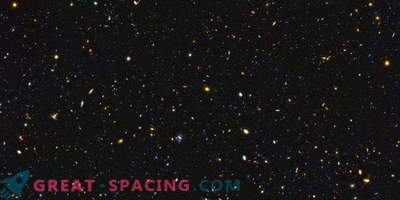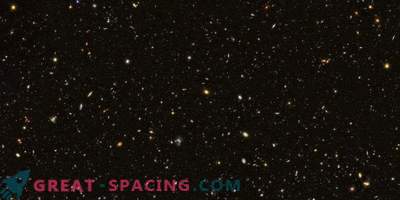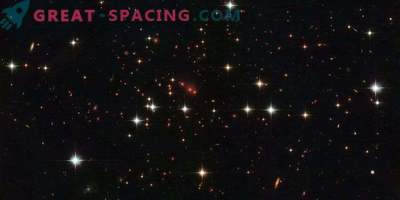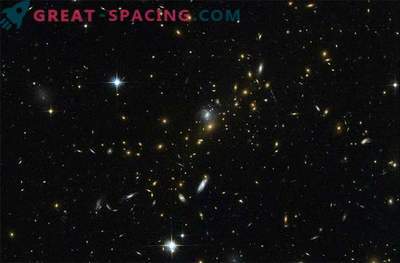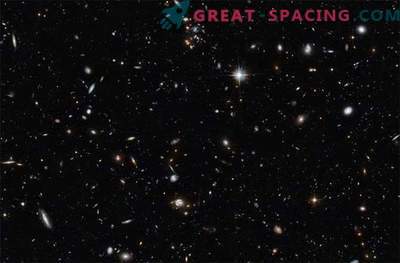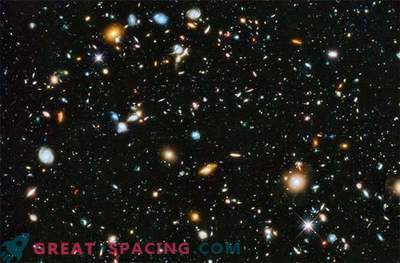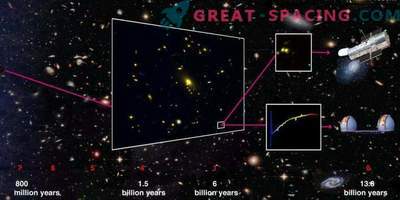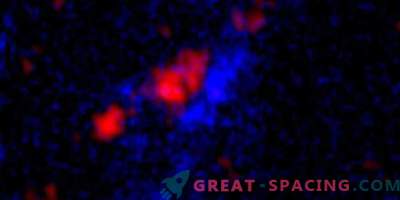
This is the second part of the HDUV sky survey from the Hubble Space Telescope, showing the southern part of the sky. Here, new images of UV light have been added, which made it possible to capture a large panoramic view of the bright lights of the birth of stars in a distant universe covering 12,000 star-forming galaxies.
Hubble's UV vision opens up a new window on the evolving Universe, tracking the emergence of stars over the past 11 billion years before the most vibrant star-forming cosmic period that occurred 3 billion years after the Big Bang.
Until now, UV light has been considered the missing piece of the space puzzle. Now it is possible to combine data in IR and visible light from Hubble and other space and ground-based telescopes in order to collect the most complete portrait of evolutionary universal history. The image covers the gap between distant galaxies, which are visible only in infrared light, and closer at different wavelengths. Light from more distant regions of star formation in galaxies began as UV, but the expansion of the Universe shifted it to the IR wavelength. Comparing the images of star formation in the distant and near Universe, scientists are able to better understand how nearby galaxies have managed to grow. The observation program used a wide-angle camera 3. The study is based on Hubble’s previous multi-wavelength data in the CANDELS-Deep area. This mosaic is 14 times larger than the ultra-deep field from 2014.

